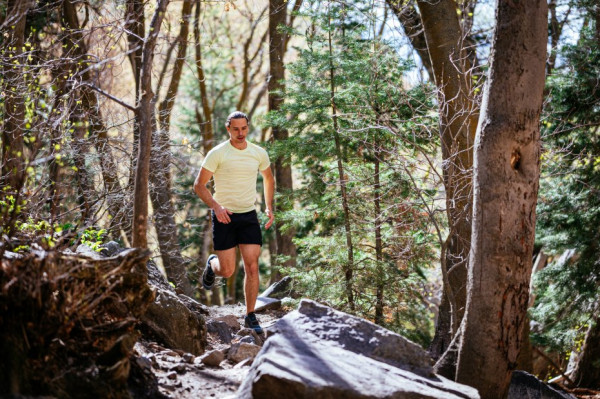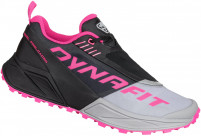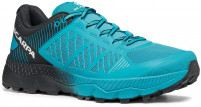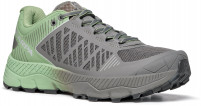5/6/2021 Are Ultra Shoes Only for Ultra Runners?
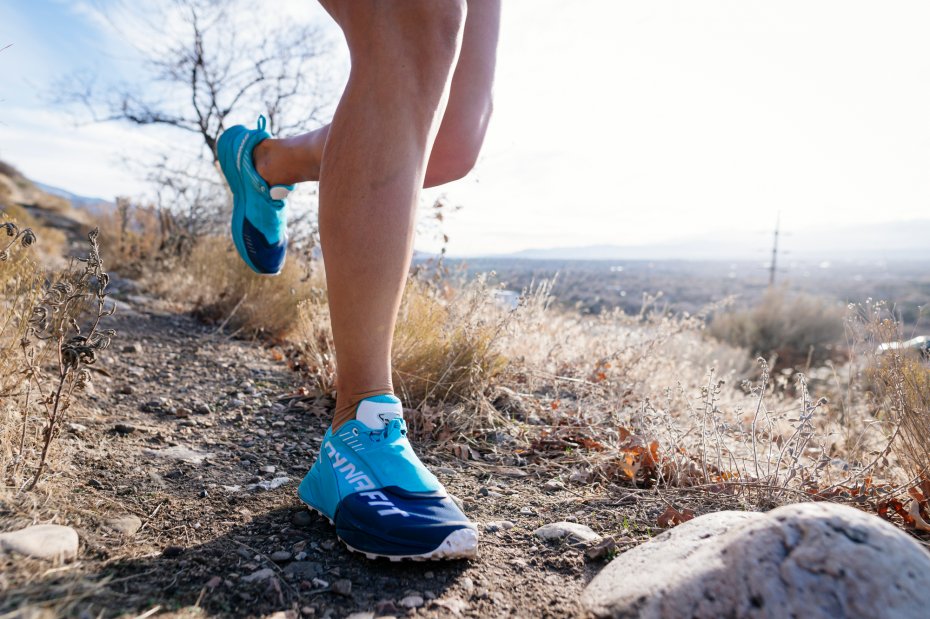
Somewhere along the way, a few audacious trailrunners felt like the traditional marathon distance of 26.2 miles wasn’t enough. A handful more agreed. And then word really got out. Now, in 2021, the momentum is unstoppable and hordes of folks are signing up to find out where their true limits are.
Brands have since noticed that there are more than enough ultra masochists runners to warrant designing a specialized shoe. Known as distance or ultramarathon shoes, these trail shoes have a few key distinguishing characteristics that aim to address the specific needs of distance runners, with minimizing abuse being the top priority.
This is achieved by increasing a shoe’s cushion. With so many steps in a day, reducing the jarring impact of each step means less fatigue. And less fatigue means better chances of getting to the finish line. In other words, DNFing from physical pain doesn’t necessarily mean that the runner doesn’t have the fitness to go that far. This category of shoe strives to eliminate one more variable.
Distance shoes often also feature energy efficient tread (aka not aggressive), a rocker to help correct sloppy technique when exhaustion sets in, and a bigger volume to accommodate swelling feet. Some examples include the Dynafit Ultra 100, SCOTT Supertrac Ultra RC, SCARPA Spin Ultra, and La Sportiva Jackal.
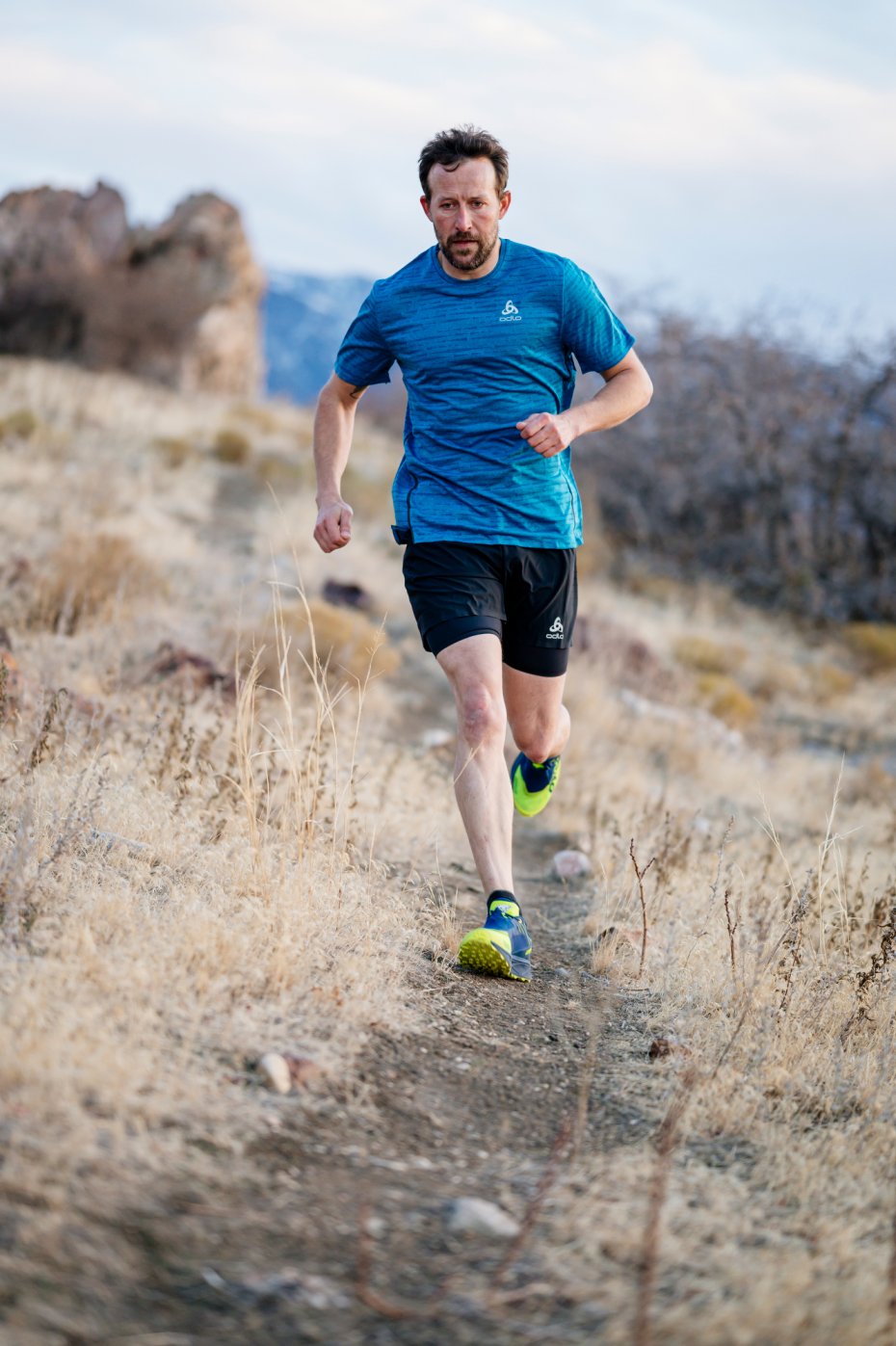
So does that mean distance shoes are only for runners putting in heroically big days?
It’s a good question and in short, the answer is no. Distance shoes can be for every runner, no matter their mileage, provided it fits their needs and they understand the tradeoffs.
Cushion is cushion and reduces fatigue on both 5Ks and 50Ks. The impact of each foot strike starts at your foot and runs up through your body. So over time, distance shoes reduce the accumulative effects of repetitive impacts. Some runners also find this cushion to be especially helpful on steep, pouding descents. Others who put in lots of training miles each week will appreciate less soreness and the continued ability to keep running. The rockered shape and mild tread also increase efficiency and thus requires less energy. Maybe signing up for that ultra isn’t such a daunting task afterall.
These shoes sound amazing. So what’s the catch?
Distance shoes are great for some things and just okay at others. First, the increased cushion means less ground feel. This is generally a personal preference but most would agree that lack of ground feel becomes a liability on technical, scrambly, boulder-hopping type terrain where foot placement is critical. The rocker is also less than ideal for edging in this environment. And since distance shoes aren’t designed for this application, shoe designers don’t go crazy building a robust upper.
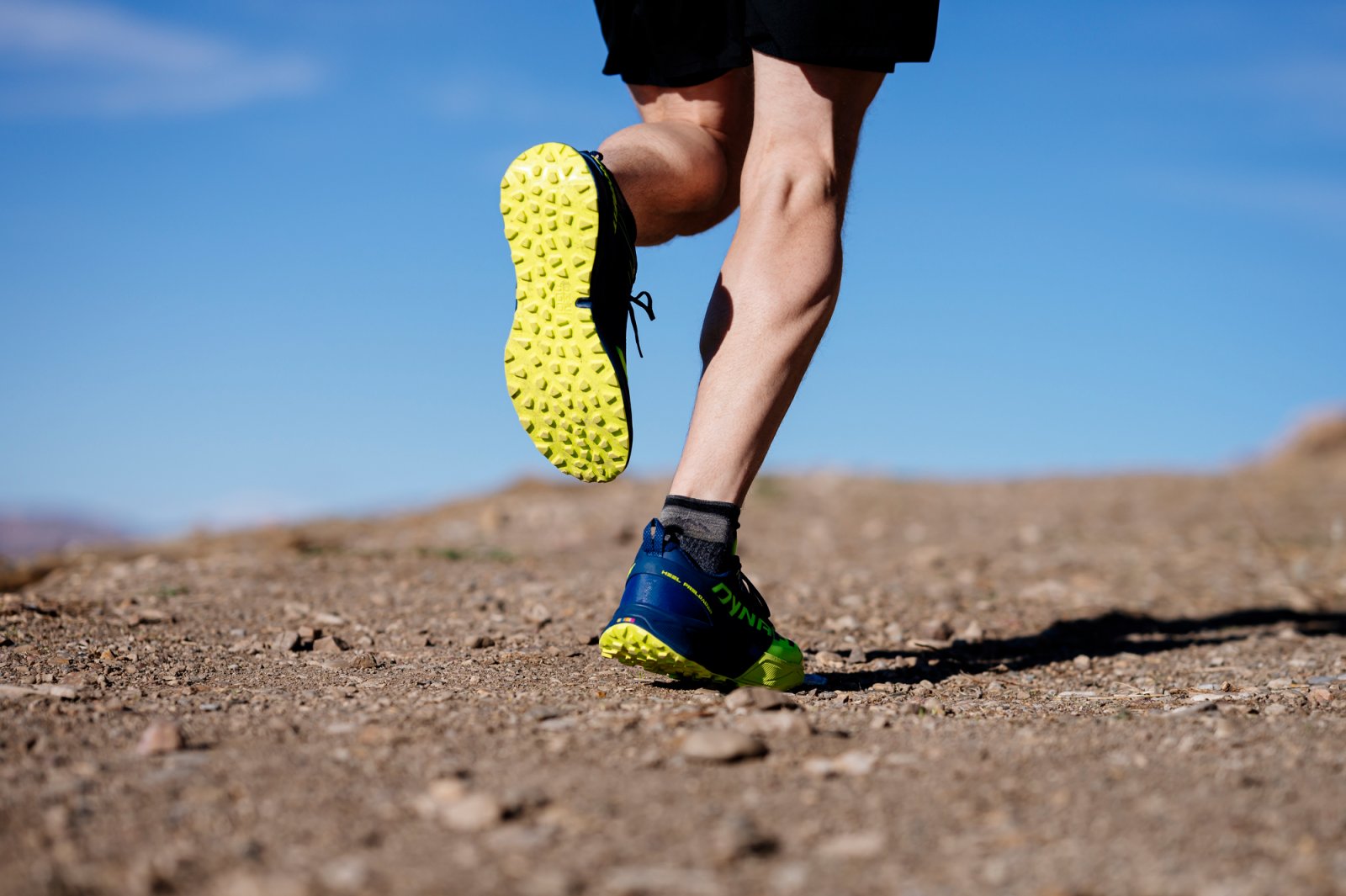
Also, remember that energy efficient tread? Well, that also means that it is less aggressive than many other technical trail shoes. So on runs that demand superior traction, a distance shoe is unlikely to be the first pick.
So should I get a pair?
As always when shopping for mountain running gear, first identify your intended use for that shoe and then see if it makes sense. Rolling terrain, singletrack, and not too technical? Distance shoes will feel like a dream. Technical, rowdy ridgelines and steep, loose scree fields? Try something more aggressive like the La Sportiva Bushido or Scott Supertrac RC 2.
Whether or not high cushion shoes - or ultra distance runs for that matter - appeal to you, it’s great to see companies paying attention to the running community’s collective needs and innovating new products. In the end, there are plenty of reasons to not run an ultramarathon, but lack of quality gear is no longer one of them!
Comments
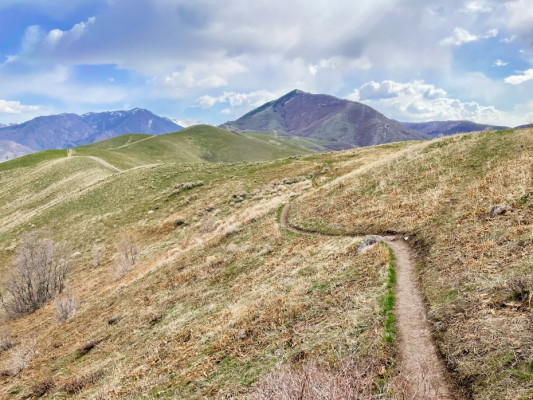
5/14/2021
Early Season Central Wasatch Peaks
